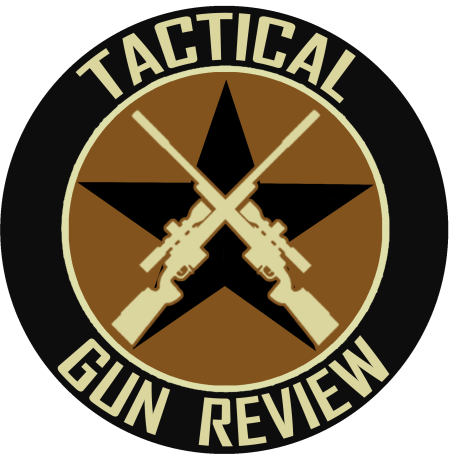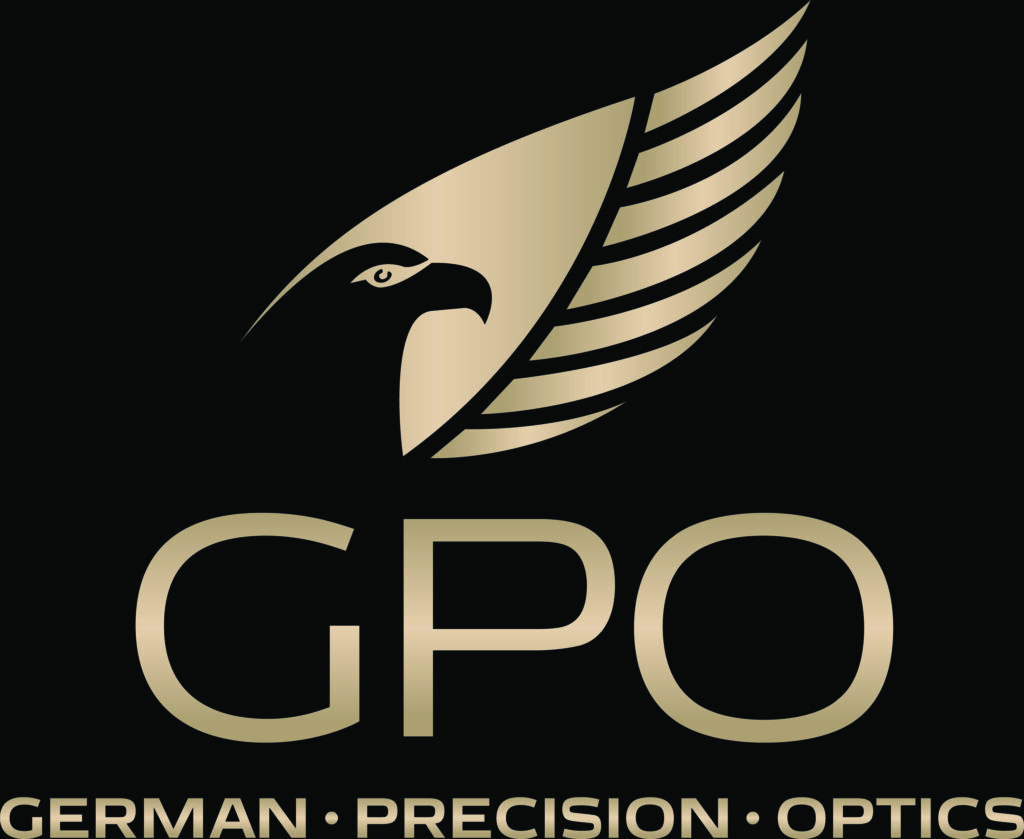I have done a couple articles on steel body armor plates, of which I am a big fan. A few months ago, the kind people at BulletProofMe.com sent me a 10″x13″ steel Level III armor plate to submit to destructive testing. After long deliberation, I finally took it out and tested it well past the point of failure. First, I wanted to make sure that the plate would pass National Institute of Justice standards for Level III body armor. I put the plate in a carrier, specifically a Condor OD green Modular Plate Carrier. This carrier was then attached to our testing subject, a 23-pound thawed turkey we’d dubbed “Bob.”
The first 6 rounds to impact the plate were .308/7.62x51mm (specifically, 150 grain FMJ). They were fired from a Remington VTRwith a 22″ barrel. The distance between the target and the shooter was approximately 60 yards. Of the 6 rounds fired, 5 were closer to each other than 2″, which is the minimum shot-to-shot placement standard of the NIJ. None of these rounds penetrated or caused significant backface deformation.
A further 10 rounds of .308 FMJ were fired into the plate. These rounds were fired from a SIG716 rifle at a range of less than 35 yards. 5 of these rounds were grouped tightly together. Again, none penetrated or even deformed the plate significantly. This plate passes the NIJ standards for Level III with flying colors.
Approximately 20 rounds of 5.56x45mm (62 grain M855) impacted the steel plate at a range of 35 yards. Despite the steel penetrator tip, no significant denting or deformation was observed upon the plate.
10 rounds of Chinese steel core 7.62x39mm ammunition were fired into the plate at a distance of 60 yards. No visible effect other than denting on the front of the plate. After this, 10 rounds of commercial Wolf 7.62x39mm were fired into the plate at 60 yards. Again, no backface deformation and only surface denting visible.
Between 200 and 250 rounds of 5.45x39mm rounds impacted the plate. These were FMJBT 7N6 rounds with a mild steel core. I would like to take a moment to thank AIM Surplus for providing these rounds for testing. As always, the folks at AIM are courteous and offer excellent prices on ammunition.
Most of the rounds struck the plate straight on or at a slight angle. Some struck at a shallow angle and were deflected. Several passed through tissue and bone used for ballistic testing before impacting the plate. The mild steel core of the surplus round had no measurable effect on the plate. Roughly 2/3 of these rounds were fired when the plate was at a distance of 60 yards. The rest were fired at a ranges of 35 and 25 yards.
In an effort to induce failure in the plate, 5 rounds of .30-06 JHP were fired. These rounds did deform the plate slightly, though the damage was more to the exposed side of the plate. The impact crater was shallow and did not produce significant backface deformation. Range was 35 yards.
Using a Mosin-Nagant rifle, 5 rounds of 7.62x54R (147 grain light ball steel core) were fired from a range of 35 yards. Though there was noticeable backface deformation, it came nowhere near to penetrating. It should be pointed out that the steel core in this ammunition is not hardened, and not designed for armor penetration.
10 rounds of 7.92x57mm (154 grain FMJ) were fired from a Yugoslavian M48A Mauser with a 23 inch barrel. The ammunition was Turkish surplus manufactured in 1943. This ammunition showed some signs of high pressure, including cracked necks and occasionally cracks in the casing body after firing. Though I have not chronographed this cartridge, it has been measured by others to travel in excess of 2900 fps.
 The range to target was 35 yards. Half of the rounds were fired at a 45 degree angle (the plate having been knocked back into a reclining position) and half impacted at a nearly 90-degree angle to the plate. The backstop was composed of a demolished printer body and several rocks piled up. These rounds produced the most damage, significantly denting the plate and causing backface deformation on the order of .4 inches.
The range to target was 35 yards. Half of the rounds were fired at a 45 degree angle (the plate having been knocked back into a reclining position) and half impacted at a nearly 90-degree angle to the plate. The backstop was composed of a demolished printer body and several rocks piled up. These rounds produced the most damage, significantly denting the plate and causing backface deformation on the order of .4 inches.
Later, I placed the armor plate at 25 yards against a solid dirt backstop. I hit the plate with three rounds of 7.92x57mm straight on. All rounds passed cleanly through the plate and buried themselves deep enough into the dirt as to be unrecoverable.
The following day, I created a backstop of phone books on which to prop the armor plate. All rounds fired at 100 yards failed to penetrate. The plate was moved to 25 yards. Roughly half of the 7.92mm rounds fired at this range penetrated. The bullets that punched through the armor passed through a single phone book and were stopped in the second one. They were almost completely flattened.
Conclusion
For the overseas contractor or civilian rifleman who wishes to have affordable, reliable and very hardy armor, I’d recommend a Level III steel plate from BulletProofMe. They will not stop armor-piercing rounds or extremely hot-loaded rounds at close range, but they were never designed to do that, and neither will ceramic Level III. The steel armor plates sold by BulletProofMe, while heavy, are extremely durable. They will stop common rifle threats, such as 5.56mm, 5.45mm, 7.62x39mm and 7.62×51/.308.

The flattened fragments are actually the pieces of steel plate recovered from phone book backstop after penetrating Level III armor. The smaller fragments are pieces of 7.92x57mm recovered from the same area.
Whereas ceramic will shatter, the steel will not, allowing it to take more rounds overall. While I’m certainly not advocating that anyone stand in place while being pummeled by dozens of rounds, the general hardiness of the plate is extremely impressive.
Author’s Edit: The cylindrical fragments are, upon closer examination, pieces of the armor plate that were driven into the backstop by the force of the 7.92x57mm rounds. Also, this review is specifically targeted at civilian riflemen who pay for their own gear. If you are a Special Forces high-speed Operator who Operates Operationally, the you’ll obviously be running Level IV plates (or whatever you want, actually). Ceramic plates, are however, much more expensive than steel and are not suitable for low-profile operations.
By Allen Cosby
Latest posts by 53gr (see all)
- H&H Medical: H Bandage and Thin H Bandage - January 2, 2020
- S&W M&P M2.0 Series - January 9, 2017
- SIG Sauer P938 - October 19, 2016





I bought my first set of 10X13 level 3 steel plates with 6X8 ceramic side plates back in 2010 . I fit them in a mod gear operator plate carrier . They are heavy compared to current military issue rifle plates, but for those of us now in the civilian world without the deep pockets of Uncle Sam , it is a trade off . As a civilian now I prefer the steel plates for the durability factor . Ceramics are good but if you spend a lot of time trianing in your gear ( which you should) , you take the chance of damaging your plates . Start with the steel and add the balistic pads when you can . Better to catch a few fragments than a round travelling at 2500 feet per second or more in center mass ! “Do what you can with what you have , where you are at .”
The new Ar500 steel plates are now developed with X line coating to minimize spalling and fragmentation. Also, if you were to place a soft armor trauma plate infront of the steel plate it will catch any spalling or fragmentation.
Their is a guy on youtube that actually did a test with AR500 armor by placing an 11 year old level 1 soft armor infront of the plate. The soft armor was only rated to stop 22lr rounds. He shot the plate with 7.62/308 and 5.56mm (M855) AP rounds and the soft armor caught all the frags from the rifle rounds.
I have a soft armor trauma plate infront of my AR500 steel plate and am confident it will stop most if not all the spalling.
Hope this info is what you were looking for.
Semper Fi
A better analogy would be a choice between buying a car with lap belt only, or one with 3 point belts, ABS and air bags. The first one will protect you from smashing into the dashboard, but may leave you with internal injuries. The 2nd is more likely to prevent both, at cost of being more expensive.
You’ve determined what’s been determined time and time before: AR500 plate will stop just about anything one could reasonably expect to encounter. It’s tough steel and will stand up to a lot of abuse and impacts, which is why people make targets out of it.
What many are curious about (and what I find gets much less attention, particularly by the makers of steel body armor) is the inherent problem of using steel plates – instead of ceramic – as armor: the fact that bullets fragment when they are stopped by the steel. Fragments shredded the plate carrier you used; what would happen if a person were wearing that carrier?
It would behoove someone to study:
A) What will happen to the arms/legs/neck/face of the shooter when the rounds impact the steel plate and fragment, and
B) What can be done to minimize the risk of injury from these fragments?
…if you can be the ones to do it, all the better.
Bill,
Stay tuned for an article on the very thing you’re curious about: fragment damage. I’ll give you a hint: arguing that one is not going to wear a steel plate because of fear of fragment/ricochet damage is like saying you don’t want to wear your seatbelt because you’re worried about being stuck in your vehicle after a 60mph crash.
when i was in Iraq some of the Iraqi army I was with had the steel plates, we were attacked and one of the IA was hit in the plate and came to me for med attention, i sent him on his way. he only had a big bruise under the plate but his arms had some cuts and small dots from the fragments, nothing a bandaid wont fix. he would have been gut shot if he didnt have the plate. 3 other IA were not so lucky that morning, I used my whole med bag on them befor the medivac came for them. I bet they wish they had something better than fabric.